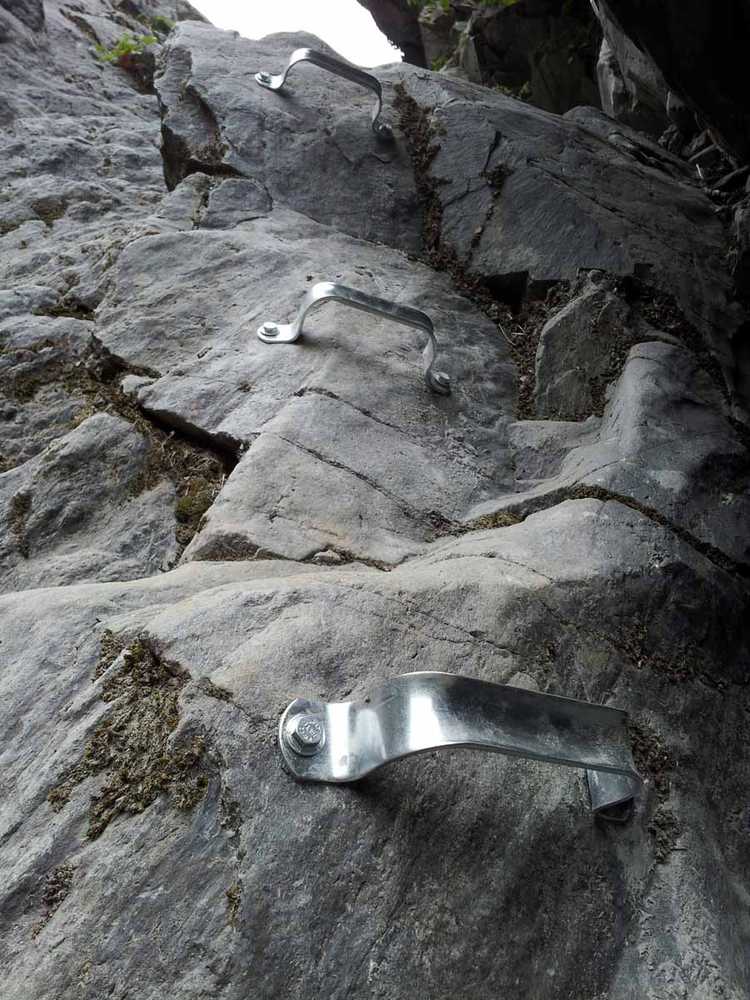For a race that has seen nearly a century’s worth of challengers hoping to lay claim as the king of the mountain, there have been an increasing number of changes to the prestigious climb known as Mount Marathon.
The daunting 3,022-foot peak that stands guard over Seward will once again play host to the country’s third-oldest footrace on the nation’s 238th birthday this Friday, as the tiny town of about 2,500 swells to well over ten times as many people.
But with the disappearance of 65-year-old Michael LeMaitre in the 2012 race that also saw severe head injuries sustained by Matthew Kenney in a tumble at the cliffs section, the reality has set in for the town of Seward to act on the inherent danger that the course brings and the pressure to do something about it.
Last year, a time limit was set in place for runners at the halfway point of the mountain (the junior race turnaround point) in order to curb any stragglers. Additionally, volunteers acting as trail sweepers were tasked with making sure the last-place runner got up and down safely.
This year, about a month ago, an unknown person decided to take matters into their own hands by installing approximately 20 metal handles onto the most dangerous section of the cliffs and a thick, rubber rope alongside the adjacent cliffs to the right.
The changes were done without permission from the Seward Chamber of Commerce, and since Mount Marathon is city property, the handles and rope had to come down.
“It had to come down despite the best of intentions,” Seward city manager Jim Hunt told the Anchorage Daily News. “We just couldn’t accept the risk.”
So, for the time being, the race course is back to being its old self, fraught with danger. But the question remains — should something be done?
“That was crazy,” said Kenai’s Teri Ostrander, who took a training run up the mountain back in early June. “The first thing I thought was, oh my gosh, the liability could be huge if that fails.
“It’s like they’re trying to do too much.”
Ostrander will be competing in the race for the seventh straight year, and will be joined by her 20-year-old daughter, Taylor, a 2012 Kenai Central graduate and sophomore at Willamette University in Salem, Oregon, where she competes on the Bearcats’ cross-country running and track teams. Ostrander recently finished 11th in the women’s 3,000-meter steeplechase at the NCAA Division III Championships.
Ostrander finished 17th last year in the women’s race as the top Peninsula finisher, with a time of 1 hour, 4 minutes, 13 seconds, but of course, her younger sister took the headlines.
Kenai Central junior Allie Ostrander continued her onslaught on the record book by winning her fifth straight junior girls race at Mount Marathon in 2013, extending the record. Friday, Ostrander will be gunning for her sixth consecutive win in her final junior appearance. After this year, she will be eligible for the women’s race, which is for female racers ages 18 and older.
“I’m just really excited for this year,” Ostrander said by phone from Seattle. “It’s my last year, so I want to get a PR.”
For that to happen, Ostrander will have to better her junior girls course record of 30:32 she ran in 2011. Before Ostrander’s string of dominance, the girls course record was 33:01, set by Seward’s Aubrey Smith in 1997.
Ostrander has since eclipsed Smith’s mark four years in a row.
“It definitely has significance to me,” Ostrander said about her mountain-climbing results. “It shows diversity in my running, because it shows I’m not just into distance running, I also love mountain running.”
Ostrander’s record-breaking runs extended to the track this spring, when she broke the Alaska state record in the high school girls 3,200- and 1,600-meter races at the state meet in Anchorage.
This year, Ostrander’s training methods have taken a slightly different route. Instead of running up nearby mountains such as the Skyline trail, Ostrander has kept busy with training for the two-mile track race at the New Balance national meet in Greensboro, North Carolina, on June 15.
Adding to that is a basketball camp she and some of her Kenai teammates are currently attending in Spokane, Washington, and the University of Washington. Ostrander has spent the last seven days there, where she is playing four to six games a day.
“I think it helps me because sometimes you may get injuries if you just run the whole year,” Ostrander said.
Ostrander admitted that during the high school track season, she had been getting aches and pains from the amount of training she was doing, but now, the change in pace has helped her.
“Basketball really strengthens my quads a lot, especially playing defense,” she said. “It helps with overall fitness and with my anaerobic fitness, even though mountain running is aerobic. But there’s that change in motion from the uphill to the downhill.”
As far as the brief appearance of handles on the cliff section, Ostrander’s take was it depends on the type of runner, adding that she was originally indifferent to the changes.
“I think I would feel safer if you’d have a sure handhold,” she said.
The defending men’s champion is Palmer’s Eric Strabel, who shocked the mountain-running community by breaking Bill Spencer’s long-standing course record last year with a time of 42:55. Spencer’s mark of 43:21 was set in 1981. Strabel recently finished third at the Bob Spurr Memorial run on Bird Ridge, and before that, won the Government Peak hill climb near Palmer.
Last year, 20-year-old Brett Vadla from Soldotna came home the top local finisher in the men’s race in 61st with a time of 58:42, while 18-year-old Josiah Martin followed not far behind in 66th, running 59:21.
The women’s defending champion is Christy Marvin, also of Palmer, who took her maiden crown in 2013 with a time of 53:20.

